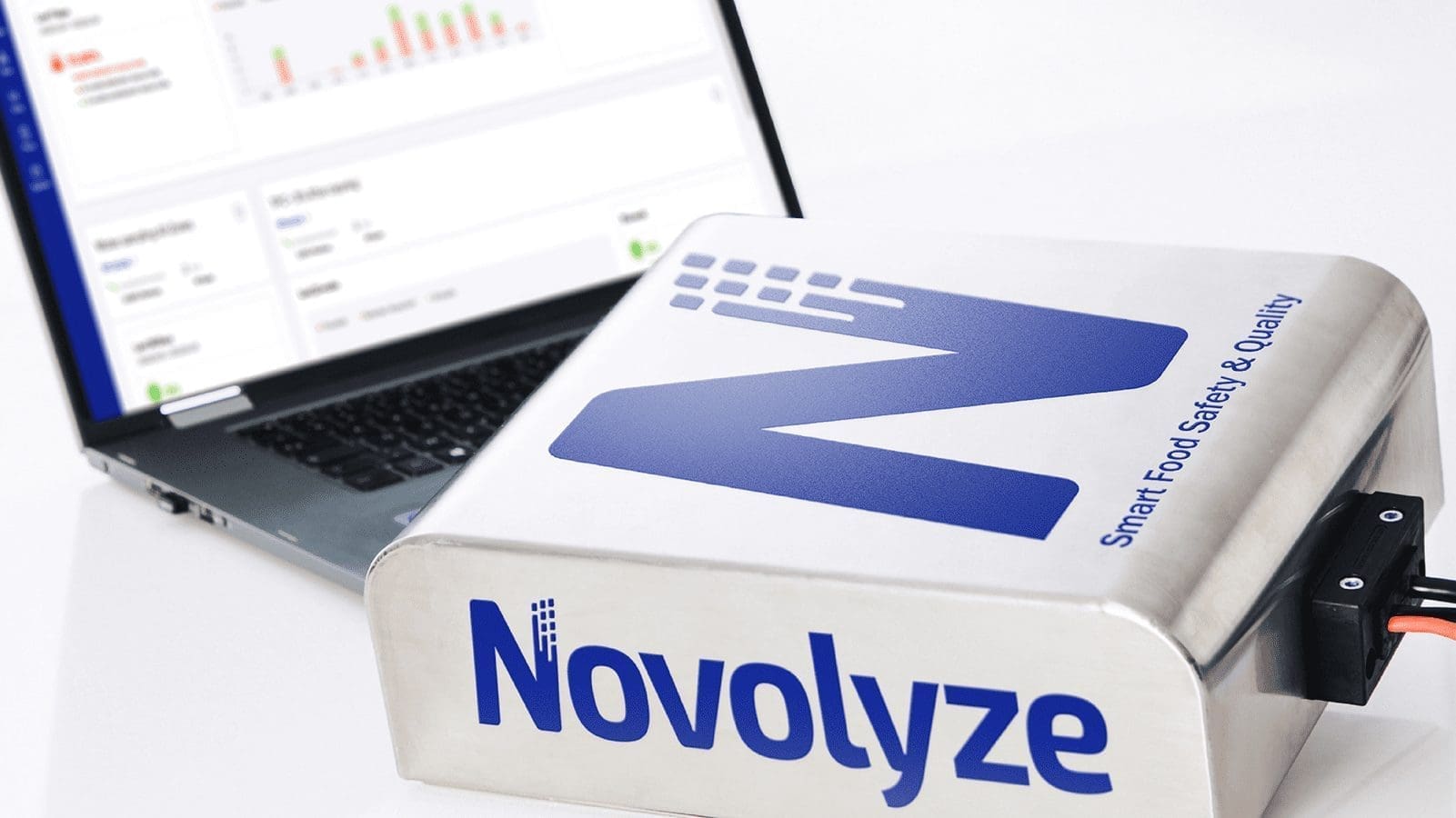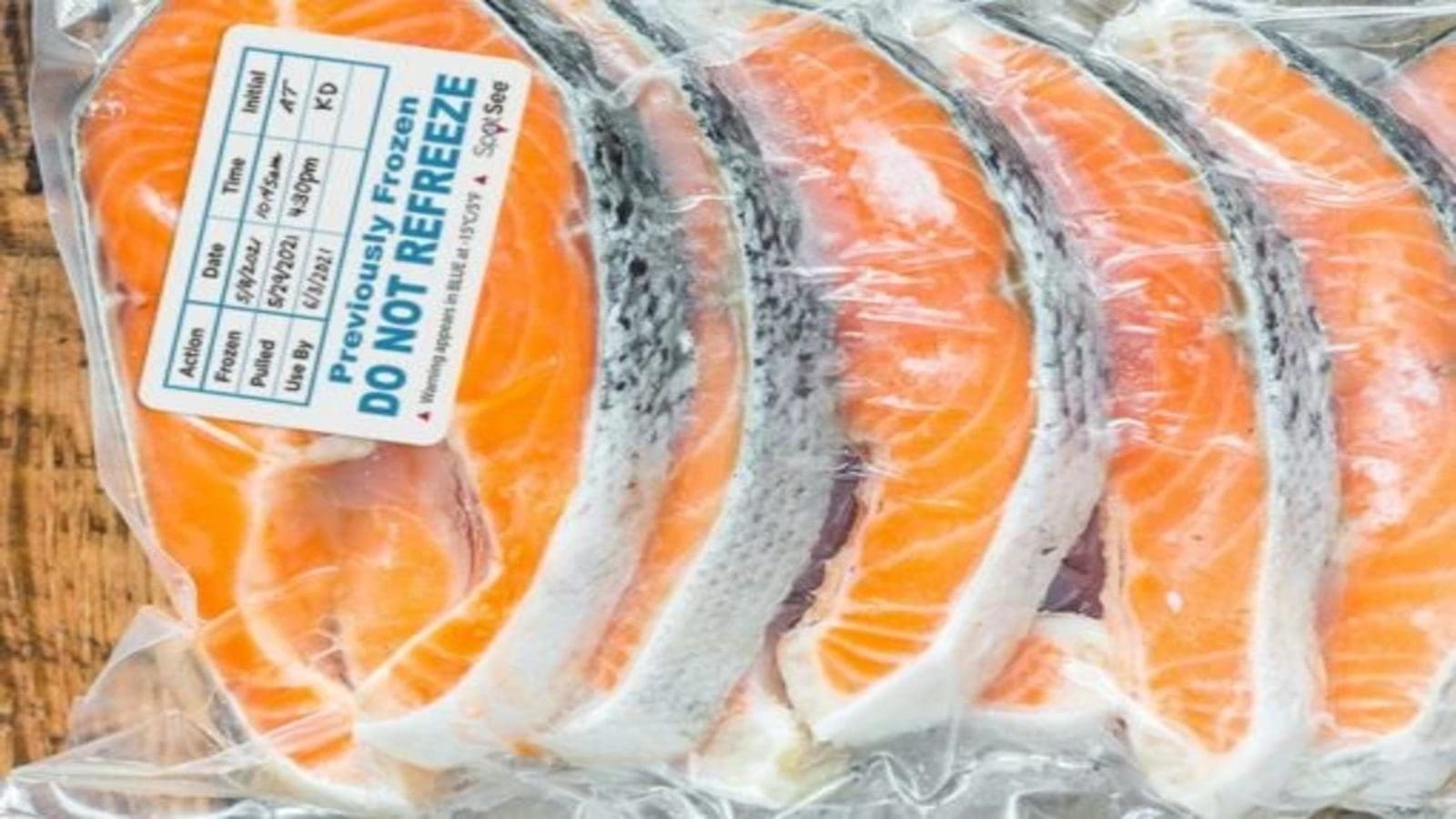CANADA – The Canadian Food Inspection Agency (CFIA) has issued a guidance document for the Pathogen Reduction Monitoring Program (PRMP) for Salmonella and Campylobacter in Raw Poultry.
The guidance is expected to be implemented by Safe Food for Canadians (SFC) license holders who are both slaughtering poultry and producing chicken parts by April 1, 2023.
The results of the PRMP will help CIFA create performance standards for Canadian food safety.
Salmonellosis and campylobacteriosis caused by contaminated food are among the most common illnesses in Canada.
Expert opinion and epidemiological research both point to poultry and products produced from poultry as a significant source of many disorders.
Live poultry are known to naturally contain Salmonella and Campylobacter, and contamination can happen at any point along the farm-to-fork production process.
As a result, food companies that process or slaughter chicken must take Salmonella and Campylobacter into account as potential risks to their products and put control measures in place throughout the production process to reduce risks.
SFC license holders are required to examine the biological, chemical, and physical contamination risks in their food operations and to minimize, remove, or decrease those risks to an acceptable level by employing control strategies that have been scientifically proven to be effective.
PRMP provides a means to verify that overall control measures are effective in reducing Salmonella and Campylobacter contamination in raw poultry and poultry products to the maximum pathogen limits described by CIFA.
The guidance document is based upon best practices from the Canadian national and international microbiological baseline surveys and Canadian Salmonella Enteritidis initiatives led by Health Canada and the Public Health Agency of Canada.
It is also grounded on best practices from Salmonella and Campylobacter Performance Standards Verification Testing developed by the United States Department of Agriculture’s Food Safety and Inspection Service (USDA’s FSIS) for U.S. meat-licensed operators.
Furthermore, it is based on best practices from the Canadian meat license holder test results performed as part of the domestic pathogen performance standards program implemented in 2017, and prior U.S. Export requirements.
The PRMP verifies overall process controls, therefore food products should not be tested to see if they are suitable, but rather to see how well the controls work to avoid, eliminate, or reduce contamination in raw chicken and poultry products throughout slaughter, cutting, and grinding.
As long as they can produce the same results as PRMP, food business owners are free to utilize alternative sampling and testing techniques created by provincial counterparts, industry associations, foreign partners, or academic bodies.
SFC license holders who are only further processing poultry carcasses and chicken parts will be expected to initiate implementation by 2024. A similar staged approach will be taken for SFC license holders who are producing raw comminuted poultry in 2024.
For all the latest food safety news from Africa and the World, subscribe to our NEWSLETTER, follow us on Twitter and LinkedIn, like us on Facebook and subscribe to our YouTube channel.








